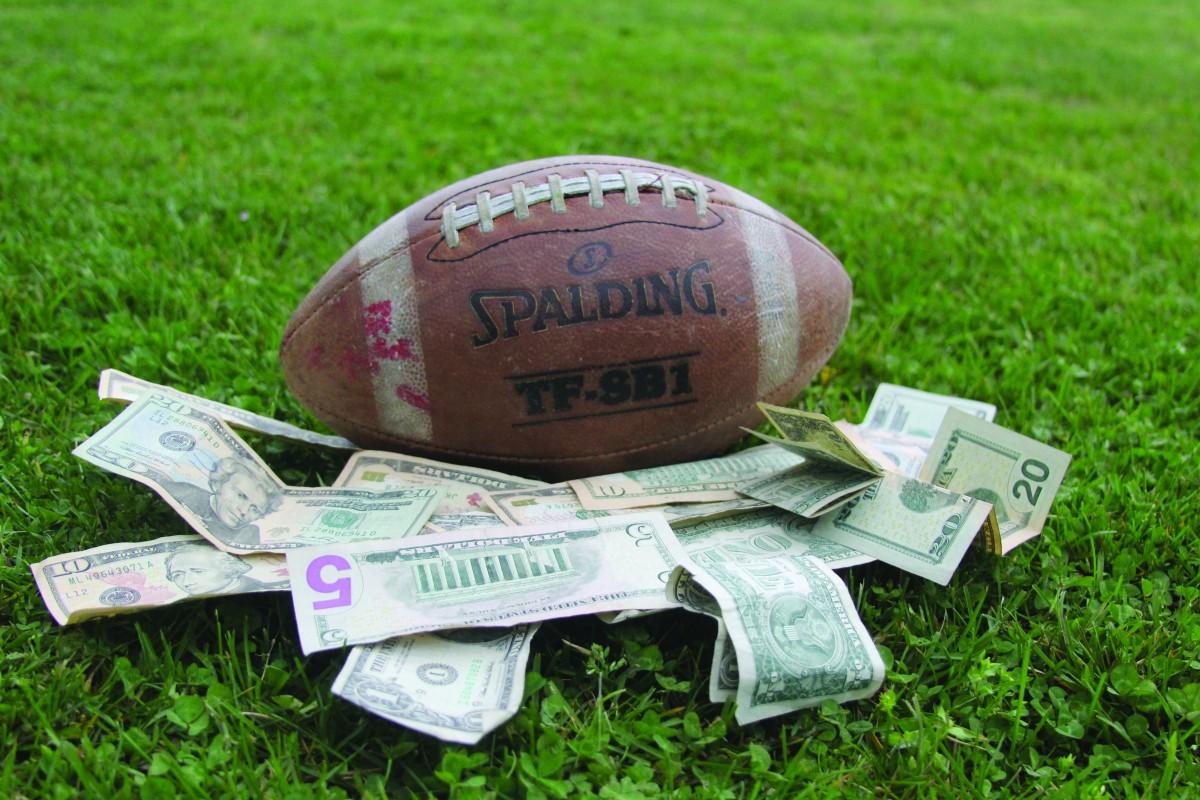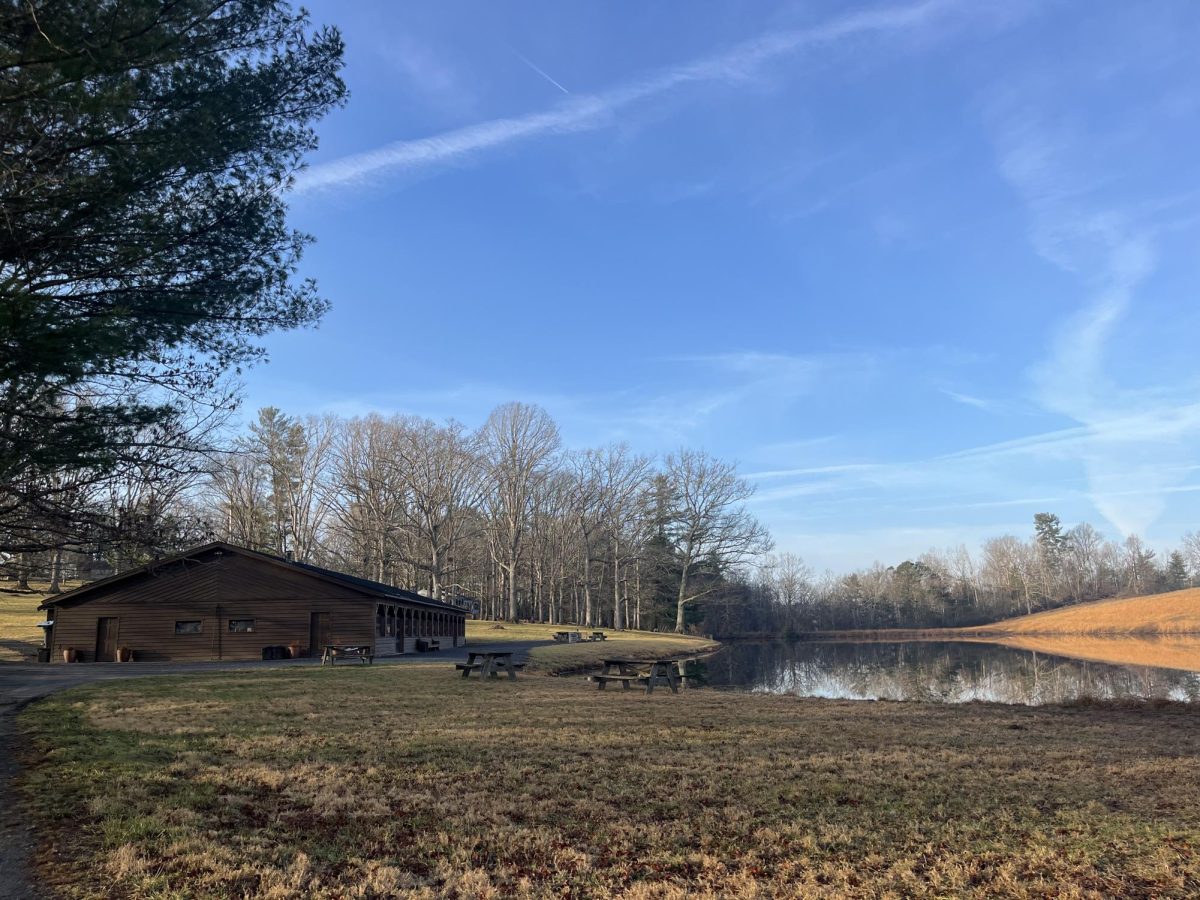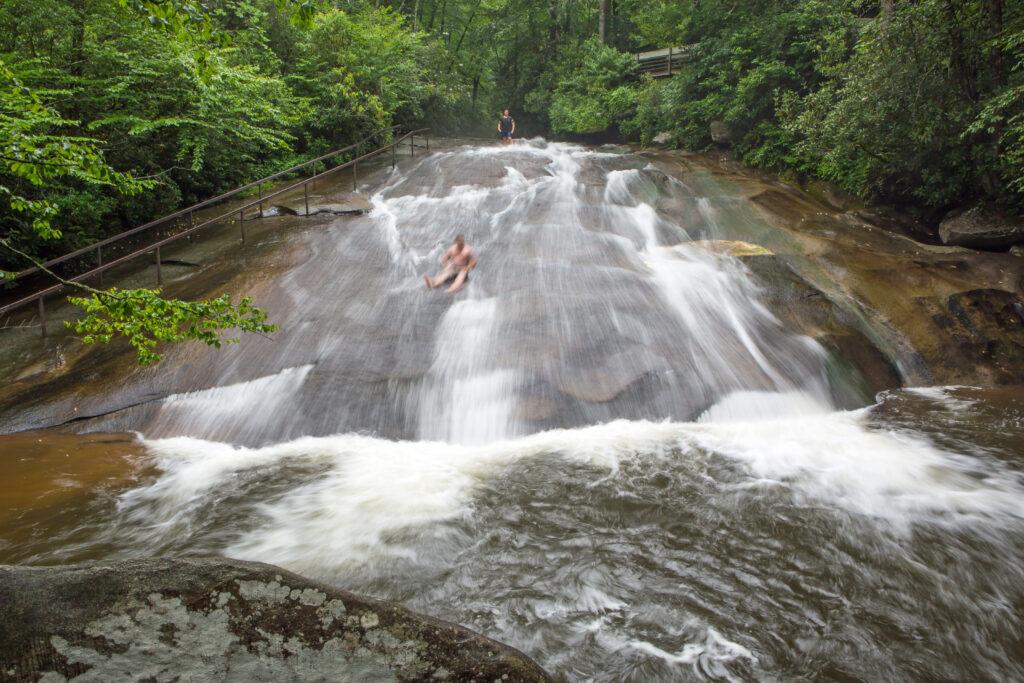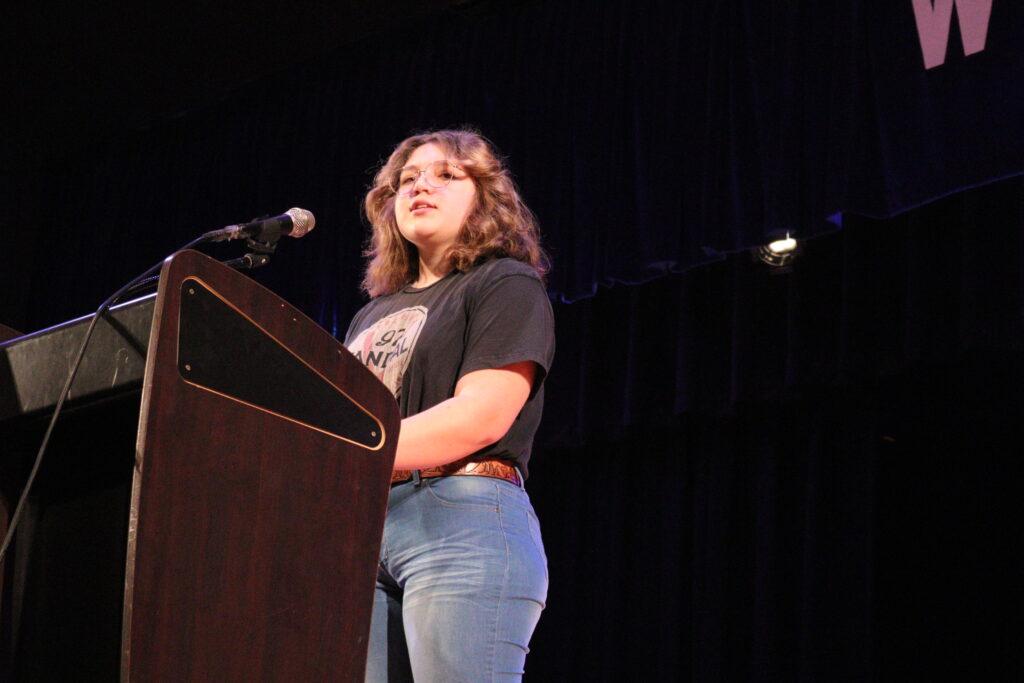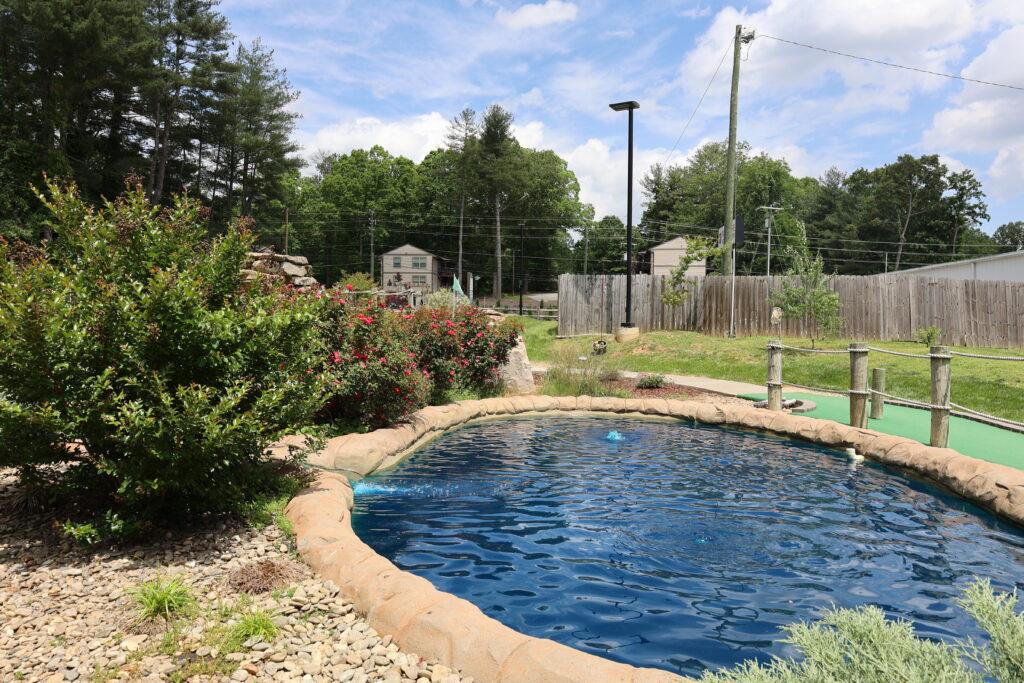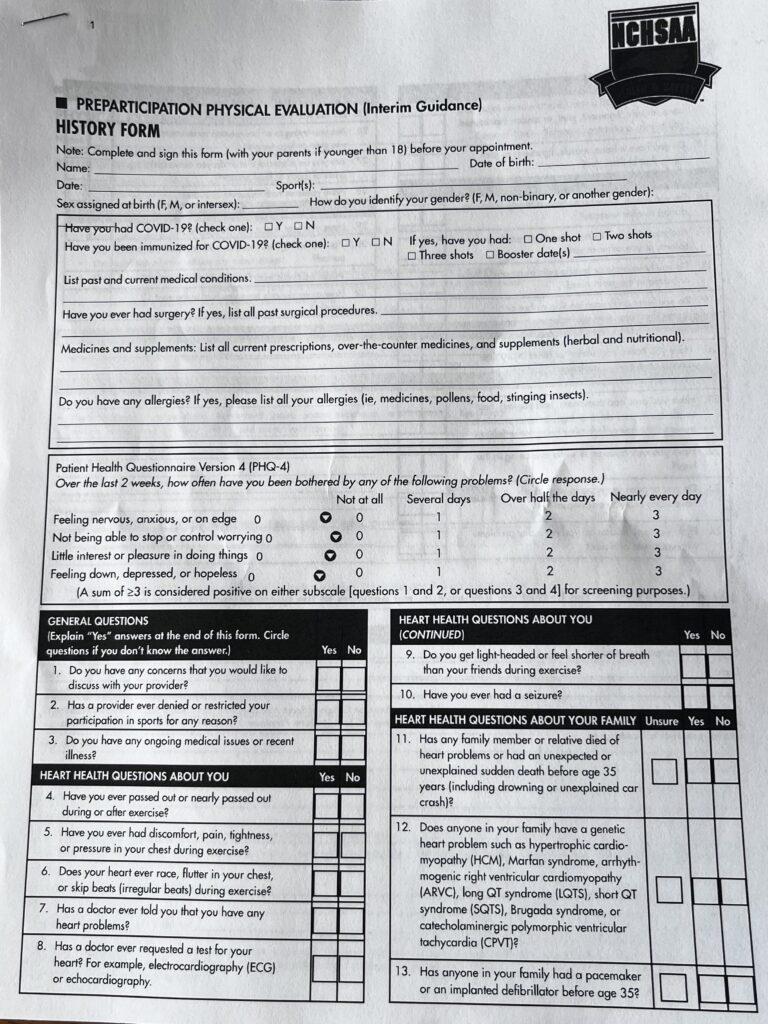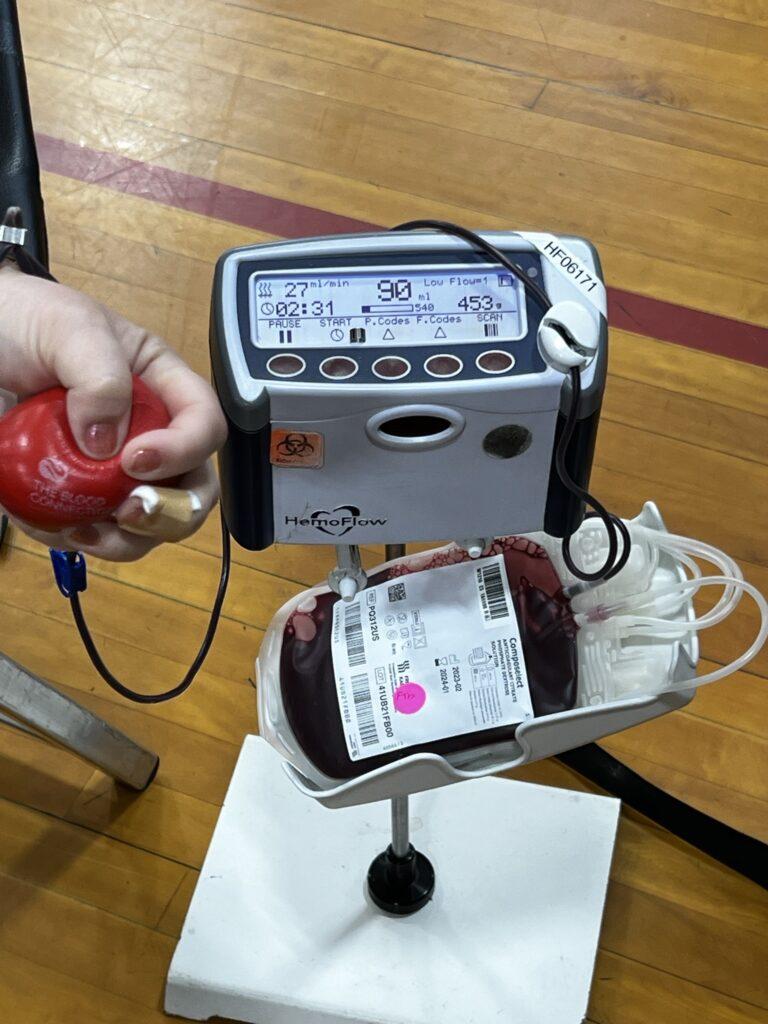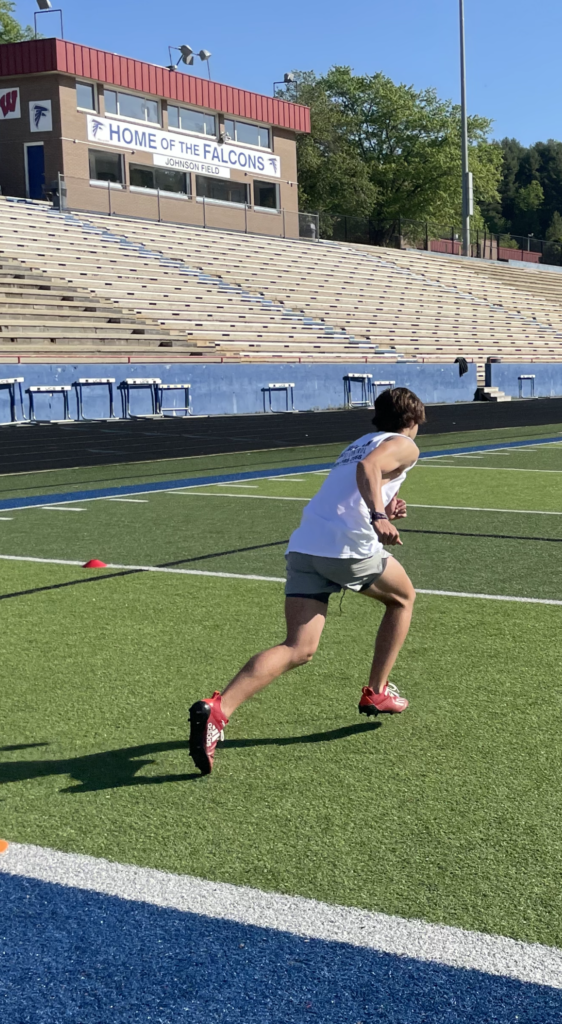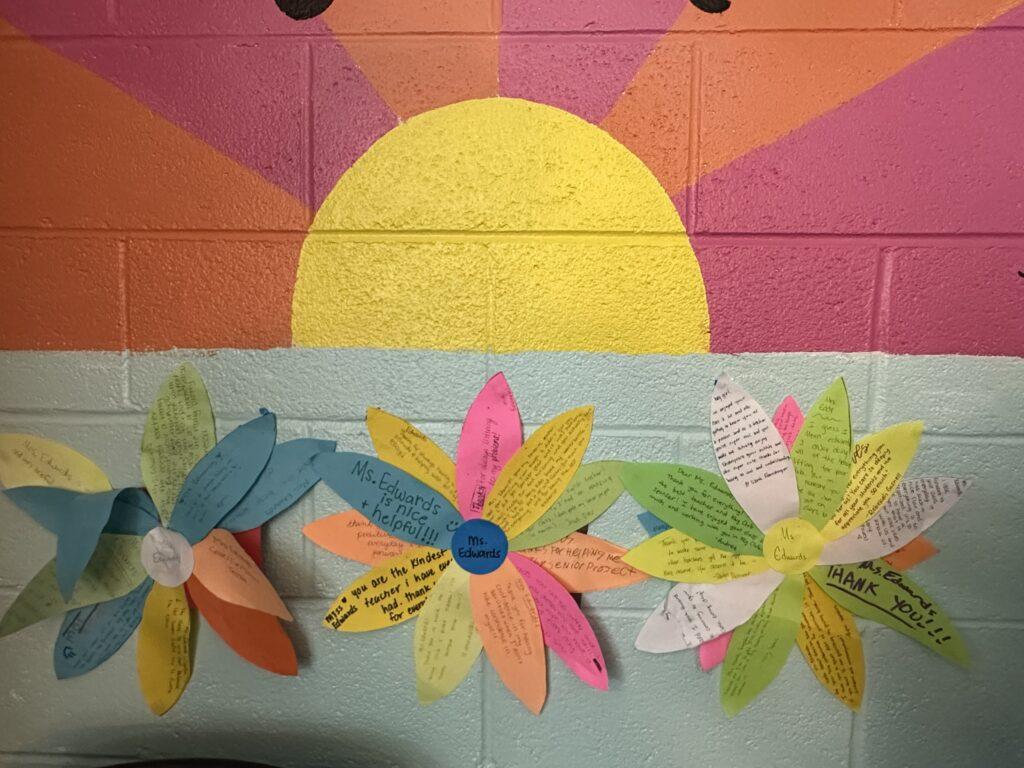A 3A state runner-up volleyball team. The North Carolina 100-yard backstroke champion. A football team with its most successful season in more than 30 years. A dozen or more athletes going on to compete in college.
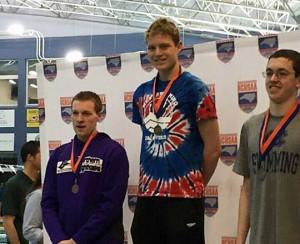
These are just a few of the accomplishments of the sports program at West in the past year. People think of these accomplishments as a sign of success. But who pays the price for that success?
“The school system does not allocate any dollars for athletics,” John Bryant, the Henderson County Public Schools district athletic director said. “We contribute funds for the construction and general maintenance of the facilities and provide the dollars that pay and compensate the coaches.”
All other expenses of the sports program are funded by the school through gate receipts and fundraising.
According to the school’s athletic director, Assistant Principal Jeff Smith, the school spent a $108,000 on sports teams last semester with gate receipts of $115,000. The extra funds helped pay for spring sports teams. It is hard for the school to break even, Smith said.
“Athletics are very fickle. When you go through a down year, sometimes you need an influx of cash,” Smith said. “When it comes to refurbishing the track or doing major repair on our football field or practice field or basketball court, it would be nice to have some cash. Right now, we are forced to prioritize. Do we give our athletes new uniforms or paint or get new floors? I think our athletes deserve better. It would be nice to just have a base amount of money to start. About $10,000 to $15,000 would be great. It would help us keep better care of our facilities.”
Some sports teams cost more than others. Smith said football is the sport that costs the most, but it also brings in the most revenue and helps pay for other sports.
“The equipment costs for football are just unbelievable,” Smith said. “We have to recondition helmets every year. They have to be sent off to an inspector that makes sure they are legal. After a certain age they have to be thrown out. If there are any cracks or damages they have to be thrown out. It can cost up to $300 for one helmet, and we have 80 players. Shoulder pads are also expensive and can cost from $100 to $200 apiece. Football uniforms can also be really expensive. We bought football uniforms for the first time in eight or nine years, and they cost $9,000. But football also takes in the most money.”
The school is responsible for funding uniforms and equipment and for upgrading athletic facilities. These upgrades can have a high cost. “We are trying to buy a new scoreboard because the one we have is falling apart. We are trying to put a digital Jumbotron scoreboard down there, which could cost from $80,000 to $100,000,” Smith said. “We are also having some discussions with our central office about what it’s going to take to (Astro)turf our football field.”
Not only does the school pay to operate the sports program, it also has to pay the state and the North Carolina High School Athletic Association. The NCHSAA is a private, nonprofit athletic association that governs high school athletics for the state of North Carolina. NCHSAA charges a $0.75 per pupil membership fee and takes 15 percent of all gate receipts for postseason games in exchange for providing locations and logistics for playoff and championship games.
The NCHSAA also has an allotment of additional funds which are partially returned to schools to protect against emergencies. Last year, NCHSAA returned $500,000 back to schools from its allotment funds.
“The NCHSAA doesn’t govern West or North or East other than the fact that our high schools choose to be members and they are participating in sanctioned athletic activities across the state. Each of our high schools pays a membership fee, and when they do, they are accepting the organization,” Bryant said. “I certainly think that our student athletes and our schools have found great value in being members. Like anything there are limitations, and there are things in which the organization can grow and be better. It would appear by the simple fact that all the schools in the county continue to be members that the value for our student athletes, the opportunity for them to compete against other schools in our state, that value exceeds the challenges schools face.”
Smith agrees that the NCHSAA is helpful, but disagrees with the way the organization structures the playoff games.
“The amount of money they (NCHSAA) take from our gate money really hurts,” Smith said. “For example, in the Kings Mountain playoff game (in November), Kings Mountain got a share of our gate, and we had to pay all of the expenses: security, ticket takers, even the rescue squad. That came out of our half, so Kings Mountain ended making more gate money from our playoff game than we did. The state also walked off with a good chunk of it, and they did nothing.”
Rick Strunk, the associate communications director for the NCHSAA, says it’s rare that an away school makes more money than the home school. He feels that these payments are more than fair because school officials come up with the fees, not his organization.
“The athletic organization is governed by a board of directors with equal representatives from each of the eight regions of North Carolina. The representatives consist of athletic directors, superintendents and other school officials,” Strunk said. “The board of directors determines the formula for the travel allotments for different sports.”
Strunk said that many state athletic organizations take 100 percent of all funds from postseason events, so the 15 percent they take is minimal.
Some of the costs for sports teams fall on students. Members of the volleyball team said that without fundraising the equipment and uniforms required for the sport can cost up to $500. Student-athletes are also responsible for the transportation fee which in Henderson County is $20. Smith said the cost is minimal compared to what other school systems charge, but that sports should be free.
“We are fortunate in Henderson County that our transportation fee is very minimal for our athletes. In Buncombe County that fee is up to about $100 per student per sport,” Smith said. “I don’t think students should have to pay to participate in sports.”
By Ari Sen

